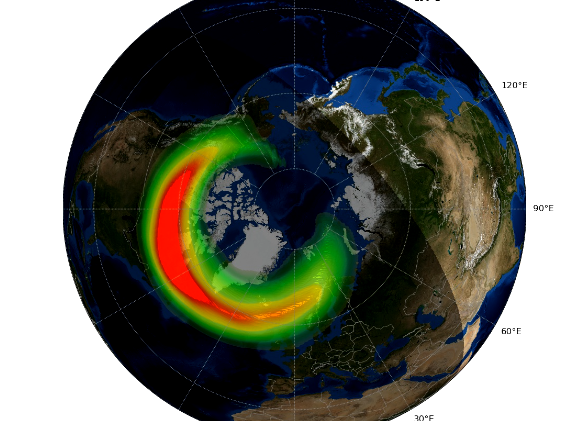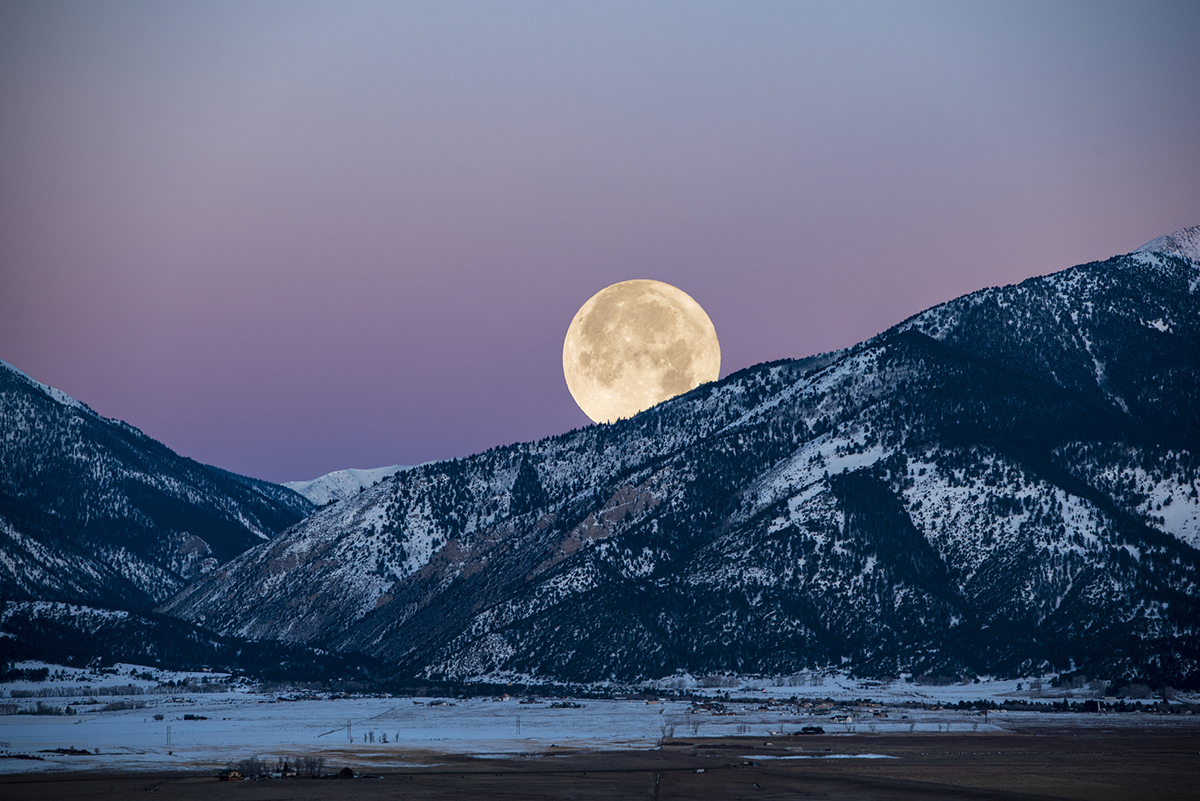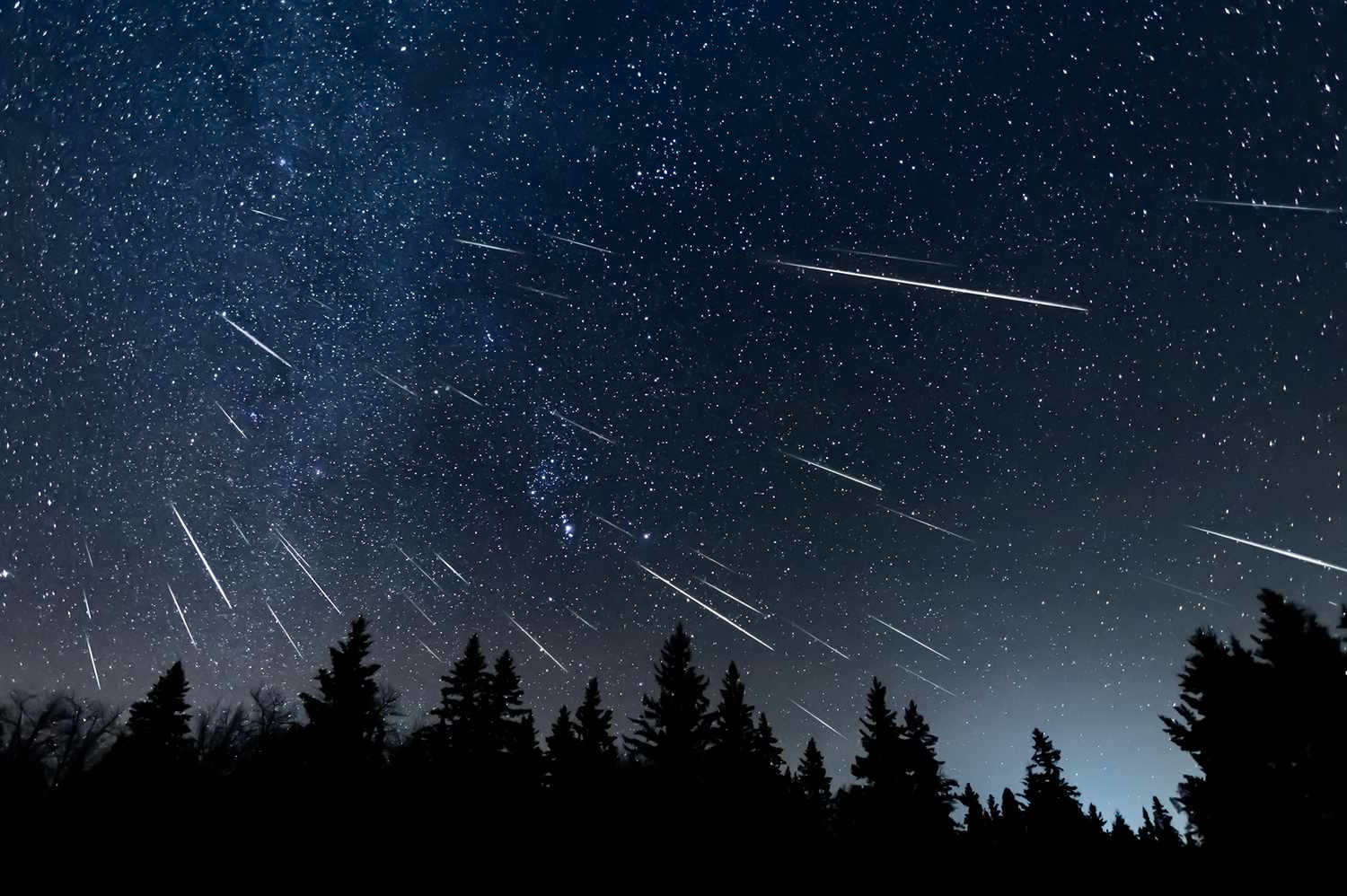May’s night sky is packed with rare celestial sights—from vanishing rings to meteor showers—offering stargazers nine unforgettable reasons to look up.

May’s night sky is packed with celestial activity, offering stargazers a spectacular month of planetary pairings, ancient star clusters, and shimmering meteor trails. As reported by National Geographic, these events range from rare planetary alignments to ideal nights for deep-sky exploration. Here’s your complete guide to what to watch for—and when.
A Trio in the Twilight – May 3
Just after sunset on May 3, the crescent moon, the red planet Mars, and the sparkling stars of the Beehive Cluster (Messier 44) will form a picturesque grouping in the western sky. The Beehive, a nearby open cluster, offers a stunning view through binoculars or a small telescope. Mars will add a fiery touch to this calm cosmic scene, best viewed just after twilight ends.
Halley’s Ghost Lights Up the Sky – May 5
The Eta Aquariid meteor shower, born from the dust of Halley’s Comet, reaches its peak during the early hours of May 6. Known for their high velocity and glowing trails, these meteors may streak across the sky at rates of 10–20 per hour, depending on your location. With minimal moonlight interference this year, conditions are favorable for catching these fiery remnants of a comet that last visited in 1986.
Saturn’s Rings Go Edge-On – May 6
On May 6, Saturn reaches its equinox, an event that occurs roughly once every 15 years. As the planet’s rings tilt edge-on from Earth’s perspective, they become nearly invisible—even through telescopes—offering a rare and ghostly view of the ringed giant. It’s a unique moment to observe Saturn as its iconic feature seemingly vanishes.
A Dense Sphere of Ancient Stars – May 11
The globular cluster Messier 5 (M5) will reach optimal viewing height on May 11. This spherical star cluster, more than 13 billion years old, holds over 100,000 stars tightly packed in a glowing ball. Through a telescope, it appears like a grainy swarm of glitter, offering a window into the early days of the Milky Way.
A Distant and Diminished Full Moon – May 12
May’s full moon, often referred to as the “Flower Moon”, will rise on the night of May 12. This year, it also qualifies as a micromoon, occurring when the moon is at its farthest point from Earth. While not as visually striking as a supermoon, its more delicate glow is perfect for atmospheric moonlit photography and nighttime reflection.
Moon Sidles Up to Saturn – May 22
Before dawn on May 22, the waning crescent moon will pass unusually close to Saturn, coming within about 2.5 degrees. Although too far for both to appear in the same telescope field, the pairing will be beautifully visible through binoculars. It’s a great chance to witness a planetary conjunction without needing advanced equipment.
Stargazing’s Best Night – May 26
With the new moon occurring on May 26, the skies will be at their darkest, offering ideal conditions for stargazing. It’s the perfect night to track down faint galaxies, nebulae, and deep-sky clusters. Whether you’re in a dark sky preserve or a quiet countryside, this is one of the best nights of the month for serious skywatching.
A Nearby Stellar Sphere on Display – May 28
On May 28, look east to spot Messier 4 (M4), the closest globular cluster to Earth. Sitting just 5,500 light-years away, M4 contains tens of thousands of stars, including white dwarfs, the remnants of long-dead suns. With moderate telescope power, you’ll glimpse this beautiful and scientifically rich cluster just beside the bright red star Antares in the heart of the Scorpius constellation.
Venus Reigns in the Morning Sky – May 31
Early risers are in for a treat on May 31, when Venus reaches its greatest western elongation. This means it will shine at its highest point in the pre-dawn sky, offering one of the clearest views of the planet all year. Known as the “morning star,” Venus will be visible to the naked eye well before sunrise and remains one of the brightest celestial objects.
If the skies are clear, all nine of these events promise moments of awe—no telescope required (though one certainly enhances the view). Whether you’re a casual observer or seasoned astronomer, May 2025 is a stellar time to look up.
Credit: dailygalaxy.com








 Photographer Finds Locations Of 1960s Postcards To See How They Look Today, And The Difference Is Unbelievable
Photographer Finds Locations Of 1960s Postcards To See How They Look Today, And The Difference Is Unbelievable  Hij zet 3 IKEA kastjes tegen elkaar aan en maakt dit voor zijn vrouw…Wat een gaaf resultaat!!
Hij zet 3 IKEA kastjes tegen elkaar aan en maakt dit voor zijn vrouw…Wat een gaaf resultaat!!  Scientists Discover 512-Year-Old Shark, Which Would Be The Oldest Living Vertebrate On The Planet
Scientists Discover 512-Year-Old Shark, Which Would Be The Oldest Living Vertebrate On The Planet  Hus til salg er kun 22 kvadratmeter – men vent til du ser det indvendigt
Hus til salg er kun 22 kvadratmeter – men vent til du ser det indvendigt  Superknepet – så blir snuskiga ugnsformen som ny igen!
Superknepet – så blir snuskiga ugnsformen som ny igen!  Meteorite That Recently Fell in Somalia Turns Out to Contain Two Minerals Never Before Seen on Earth
Meteorite That Recently Fell in Somalia Turns Out to Contain Two Minerals Never Before Seen on Earth  Nearly Frozen Waves Captured On Camera By Nantucket Photographer
Nearly Frozen Waves Captured On Camera By Nantucket Photographer  It’s Official: Astronomers Have Discovered another Earth
It’s Official: Astronomers Have Discovered another Earth 